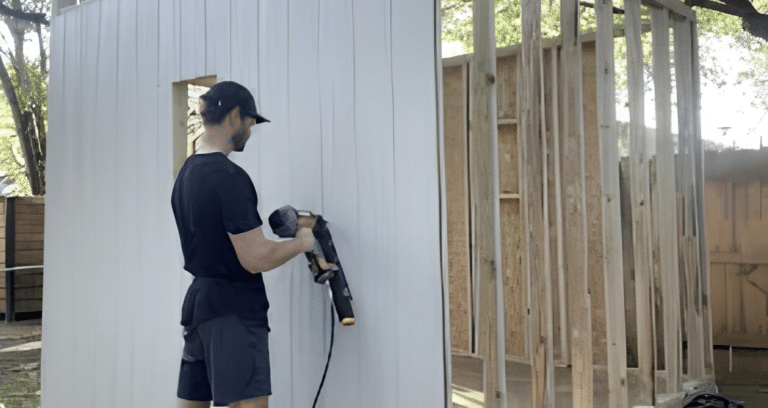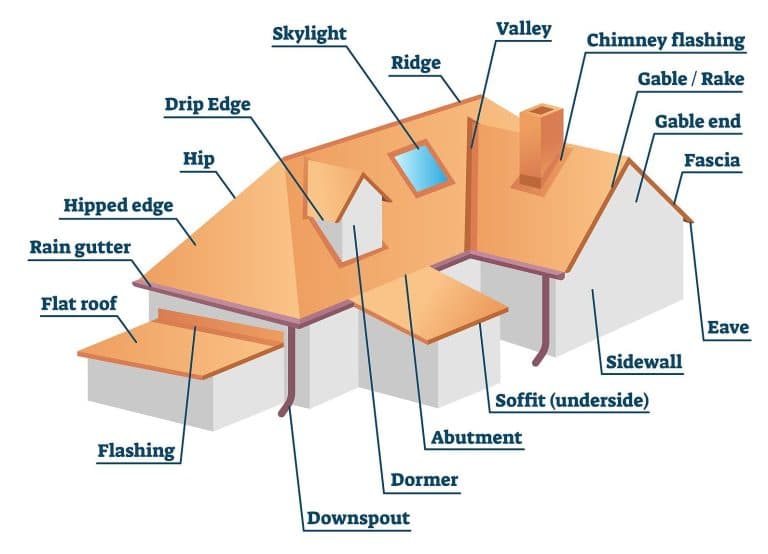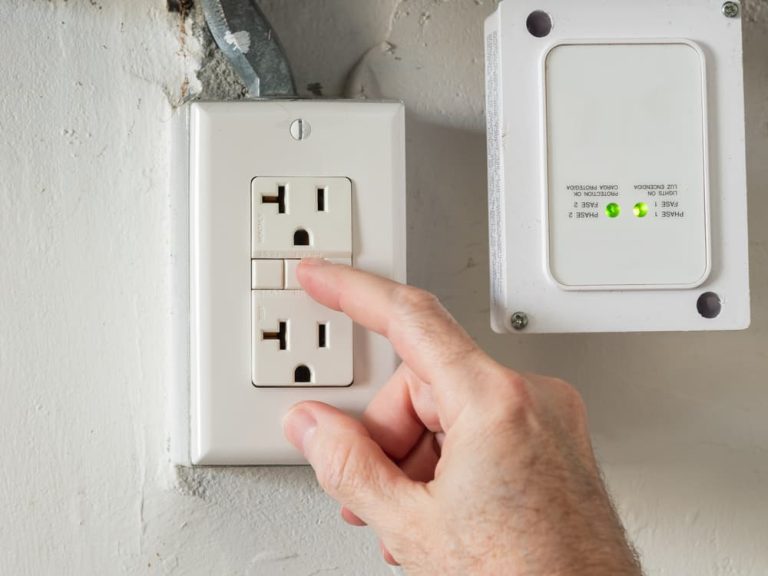A Comprehensive Guide to Roof Framing Plan
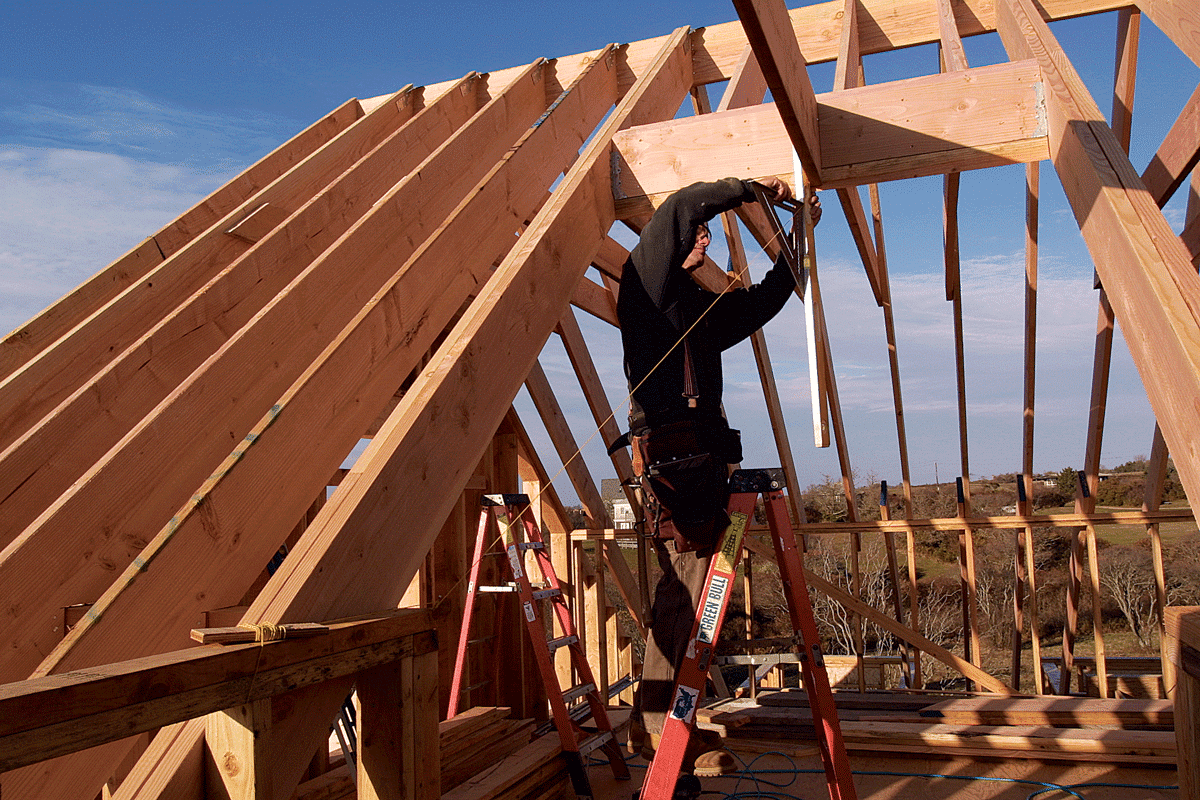
Are you curious about the secrets behind a solid and secure roof? Your search is over now; We’re here to explain the mysteries of the Roof Framing Plan, making it easy for everyone to understand.
Think of having the key to constructing a roof that not only shields you from the elements but also adds structural strength to your home.
Just like picking the right shower tile that suits your taste, choosing the right roof framing is important for a safe and durable home.
Review how beams, rafters, and trusses fit together like puzzle pieces to create a strong roof.
From traditional gable roofs to modern hip roofs, we’ve got you covered with a range of options that suit your aesthetic preferences.
Whether you’re a DIY enthusiast or a homeowner wanting to understand the basics, this Roof Plan simplifies the process.
With clear explanations and relatable examples, you’ll get the base of a secure roof that stands tall against time.
So, don’t wait to check out this roof framing plan for a secure rooftop.
Different Types of Roof Framing
1. Stick Framing
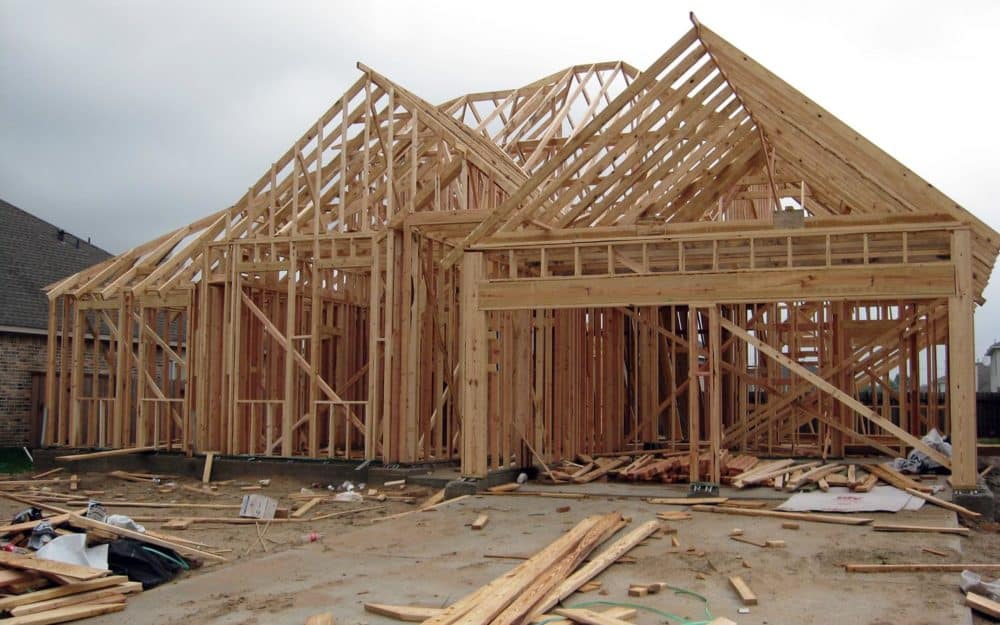
Stick framing is an old way to build roofs. People put the roof together bit by bit, kind of like building with sticks. They cut wood at the building site to make parts like rafters and ridge boards. Wood glue can be applied to joints to increase structural fairness.
This way, the wooden pieces are properly joined together. This method is good for making unique roof framing plans and changing things while building.
With stick framing and the added strength of wood glue, you can make different roof shapes and slopes, so it is pretty useful. But, it might need more work and time than newer ways. Present-day methods can be faster and need less labor.
Still, stick framing with the inclusion of wood glue is a solid choice if you want something special for your roof. It’s about joining wood pieces together step by step.
2. Truss Framing
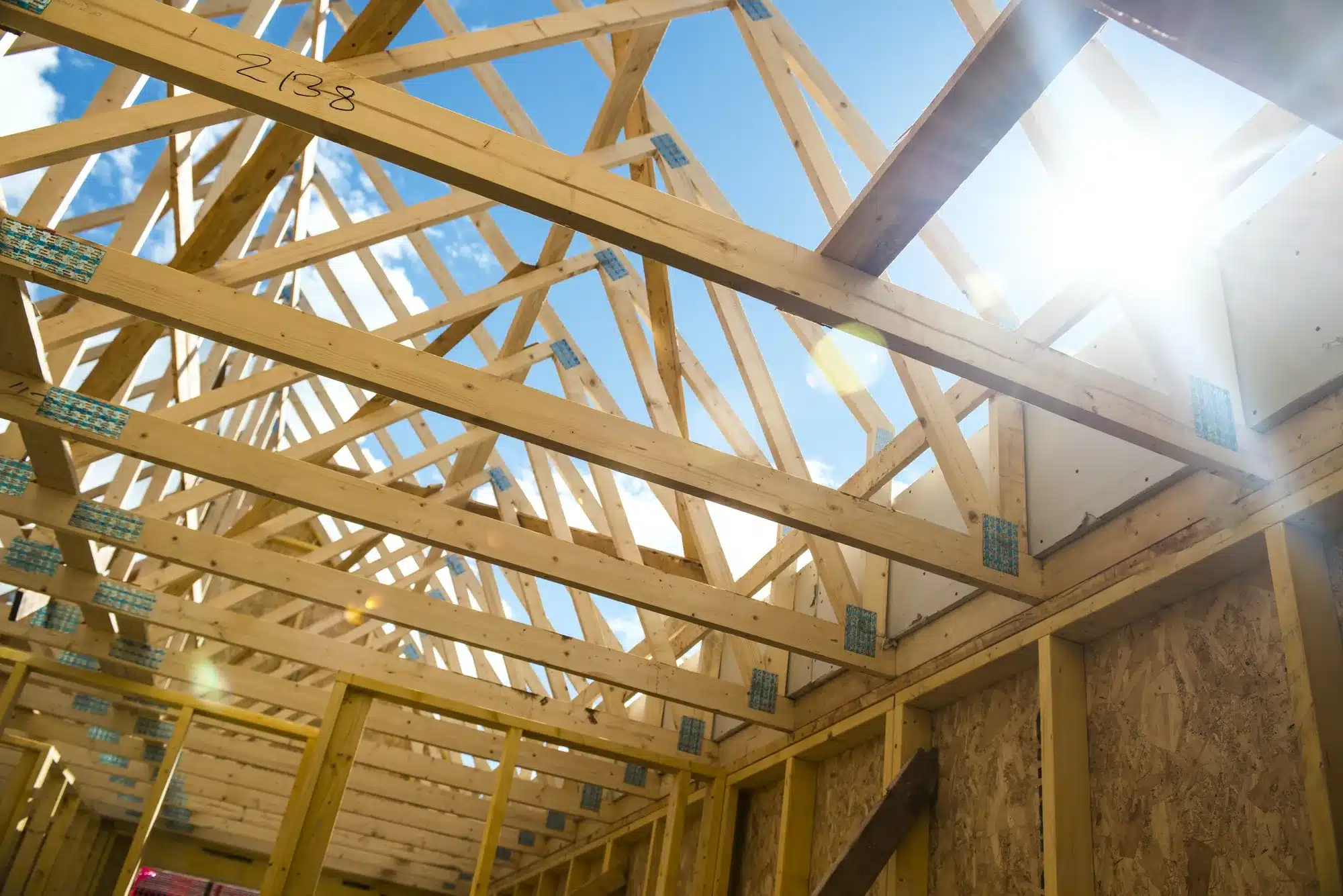
Truss framing uses ready-made triangles to support the roof. These triangles are made for different roofs and sizes, making the building strong. They are built away from the construction site and then put in place.
This makes building faster and keeps the quality the same. Measuring tools like tape measuresand levels are essential for ensuring accurate construction during truss framing.
Truss framing is liked because it saves money and works well for big spaces. But it might not let you design the building as freely as stick framing does. Stick framing is when each piece is put together on-site, and it also benefits from precise measuring tools.
This gives more design choices, but it can be slower and cost more. So, a truss roof framing plan is good for simple and affordable buildings, while stick framing offers more design options but can be slower and costlier.
3. Mansard Roof
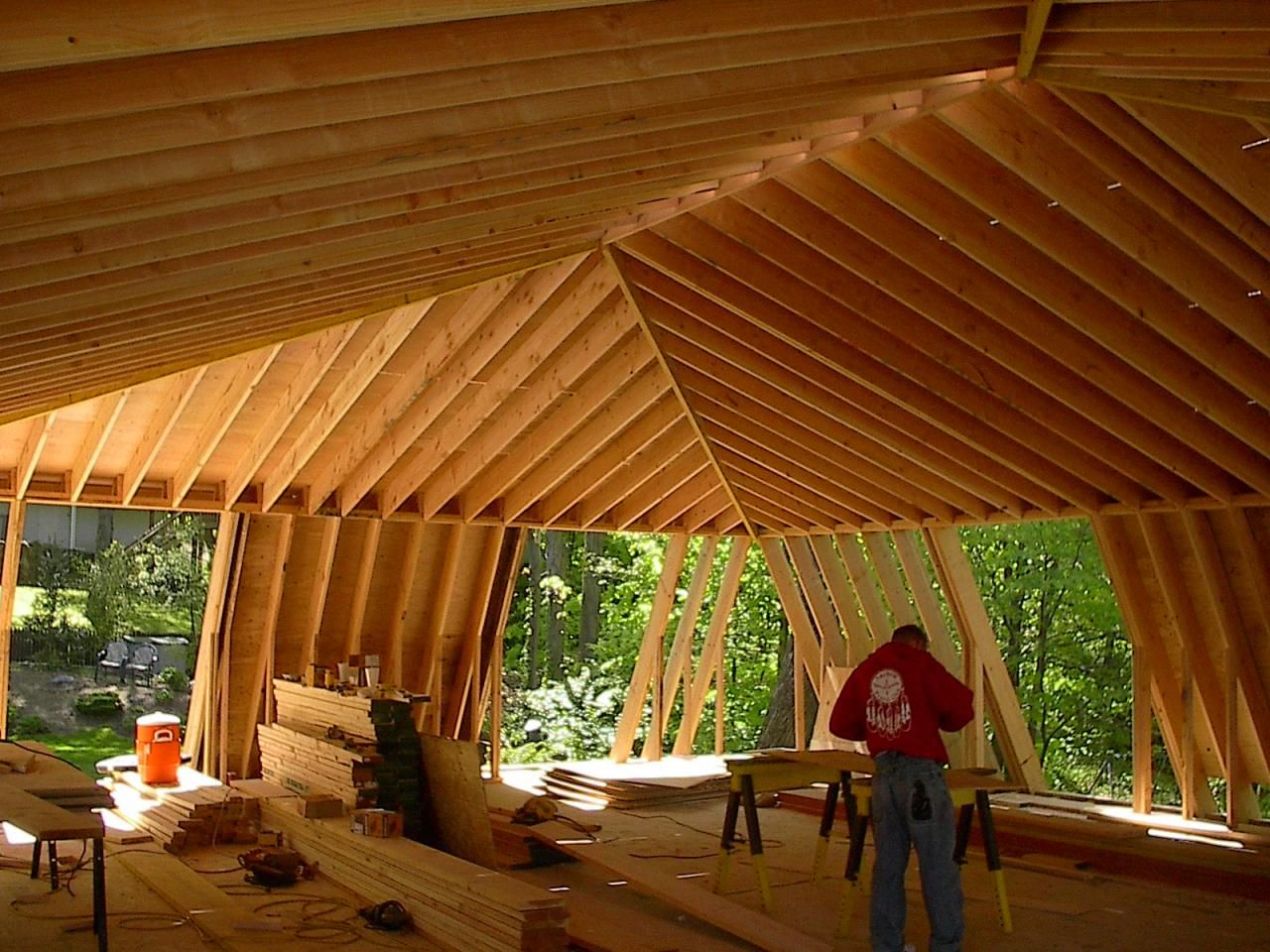
The Mansard roof is a special kind of roof on a building, known for its unique two-part layout that includes a very steep lower portion and a less steep upper portion. Sometimes, small windows, also known as dormers, extend from the roof, adding character to the structure.
This design not only boosts the aesthetic view of buildings but also makes them look fancy and nice and also serves a practical purpose. It creates extra space within the roof framing plan, similar to a small room or a storage area, making the Mansard roof style not just clearly impressive but also highly reasonable.
Involving suitable lighting fixtures within this space can further improve the overall vibe, ensuring that both the distinctive architecture and the interior lighting contribute balance to the overall spot and usefulness of the building. People have been using the Mansard roof style since the 1600s in France, and its long-lasting glamour continues to be a favorite in architectural designs.
4. Gambrel Roof
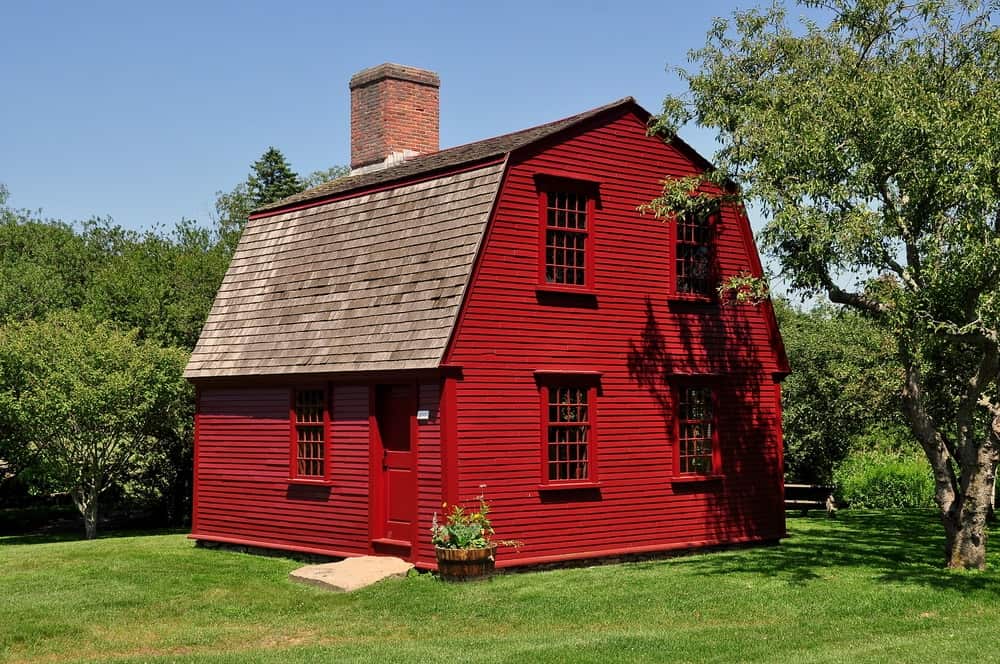
The Gambrel roof looks like a barn’s shape, with two slopes on each side. One side is steep, the other not as much. This makes more space on the upper floor. Many Colonial and Dutch-style buildings use Gambrel roofs. They’re both useful and nice-looking. Roof Ventilation Fans can be a great addition to this type of roof design. This roof framing plan has been around for a while and is still liked today.
It’s like a mix of useful and pretty. The steep slope lets water and snow fall off easily. The less steep slope gives more room inside. People can use this space for storage or living. It’s a clever way to make a house. This roof style is a good choice for folks who want their homes to be both comfy and handy.
5. Flat Roof (One Aguas)
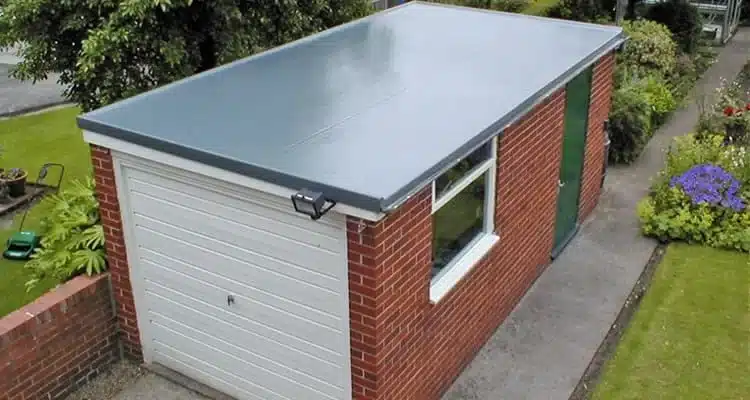
The Flat Roof, also known as One Aguas, has a single slant. This is good for water drainage and for putting up solar panels, which are great for producing solar power from the sun. People like this style in new buildings and factories.
Flat roof framing plans are simple to build and take care of, but they need good ways for water to go away, not to let it collect. This kind of roof also helps to make outdoor spaces or use sunlight.
It’s a popular choice in modern designs and big structures. Remember, water should be handled well to stop puddles. This can be done by using drainage systems and careful planning. In general, the flat roof with the extra ability to add solar panels is a modern and eco-friendly choice that’s easy to handle as long as the water is well managed.
6. Shed Roof (One Agua)
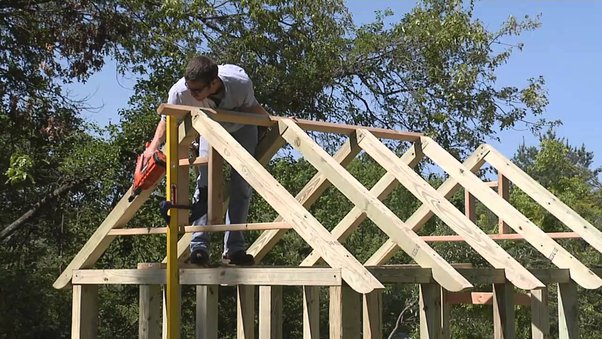
The roof of a shed is slanted like a tilted surface. Creating it easy. People commonly use Roof Sealant and Shed roofs to add extra rooms, store things, and modern buildings. They have a simple appearance and can be modified to catch rain or put up solar panels. Constructing a Shed roof with Roof Sealant is like making a single slope that resembles a tilted surface.
This kind of roof framing plan with Roof Sealant is not hard to construct. People frequently include Shed roofs with Roof Sealant to make more space, store things, or design modern-looking buildings. Shed roofs with Roof Sealant are simple and can be adapted to gather rainwater or set up solar panels.
Different Parts of Roof Framing
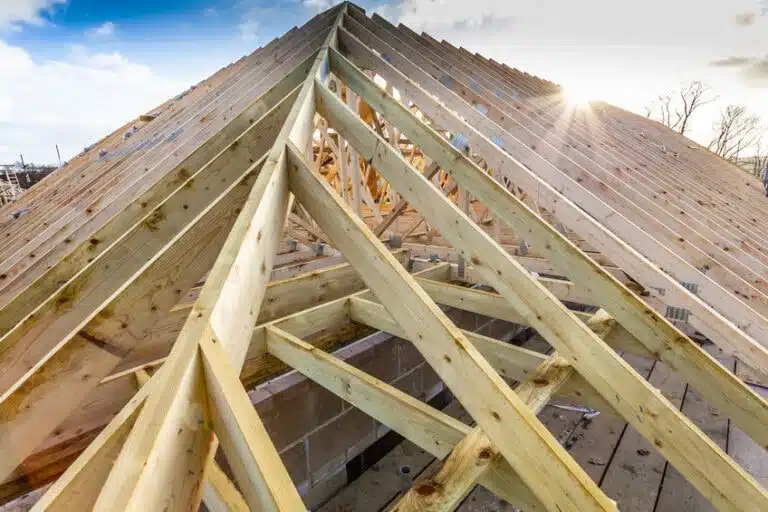
1. Ridge Board
The ridge board is like the roof’s backbone. It’s a flat board that goes along the very top of the roof and connects the upper parts of the common rafters. Think of it as the main support for the roof. It’s important because it keeps the roof stable and spreads the weight of the roof evenly. To make sure it stays strong, it’s really important to use the right kind of nails or screwsfor the roof framing plan.
The ridge board also helps the roof stay in good shape and not bend in the middle. People usually make the ridge board from one strong piece of wood. They attach it well to the ends of the common rafters so it doesn’t move. In simple words, the ridge board is like the boss of the roof, making it muscular and balanced.
2. Ridge Beam
Similar to the ridge board, there’s something called a ridge beam. It’s a strong, flat support that goes along the top part of the roof framing plan. People use it when the roof is really big and wide. The ridge beam is tougher and heavier than the ridge board because it has to hold up more weight.
It’s like the main pillar that carries the weight of the roof and pushes it down to the walls. Sometimes, the ridge beam can do the job of the ridge board. This makes the space under the roof even bigger and more open. So, in large roofs, the ridge beam is important for keeping everything muscular and balanced.
3. Common Rafter
Slanted beams called common rafters go from the roof’s edge, where it sticks out over the walls, to the middle of the roof’s top part. These beams create the main frame of the roof. They are evenly spread across the roof’s width and hold up the main covering of the roof. They also decide how steep the roof is and its slope. The rafters are attached to the top of the walls at the roof’s edge.
You’ll need a strong ladder to easily go up and put them in place, and then fix them later. All these common rafters come together at the roof’s top part, where they connect to the top board or beam.
4. Jack Rafter
Jack rafters are like the younger brothers or sisters of common rafters. They’re used in roofs that are a bit tricky, like ones with corners or extra parts sticking out. These roof framing plans are called hip or gable roofs with dormers. Jack rafters and common rafters work together to make sure the roof stays secure and doesn’t fall. They connect the tricky parts of the roof, like the corners and slopes, to the common rafters.
This teamwork creates cool angles and shapes that make the roof look special. Just remember, jack rafters are important because they help the roof handle its weight and stay strong, just like common rafters do.
So, whether it’s a simple roof or a complex one, both kinds of rafters have important jobs to keep the house comfy and safe. When people work on roofs, they need to wear the right Safety Gear like hard hats, safety harnesses, work gloves, safety goggles, and knee pads to stay safe while building.
Rafters vs. Trusses
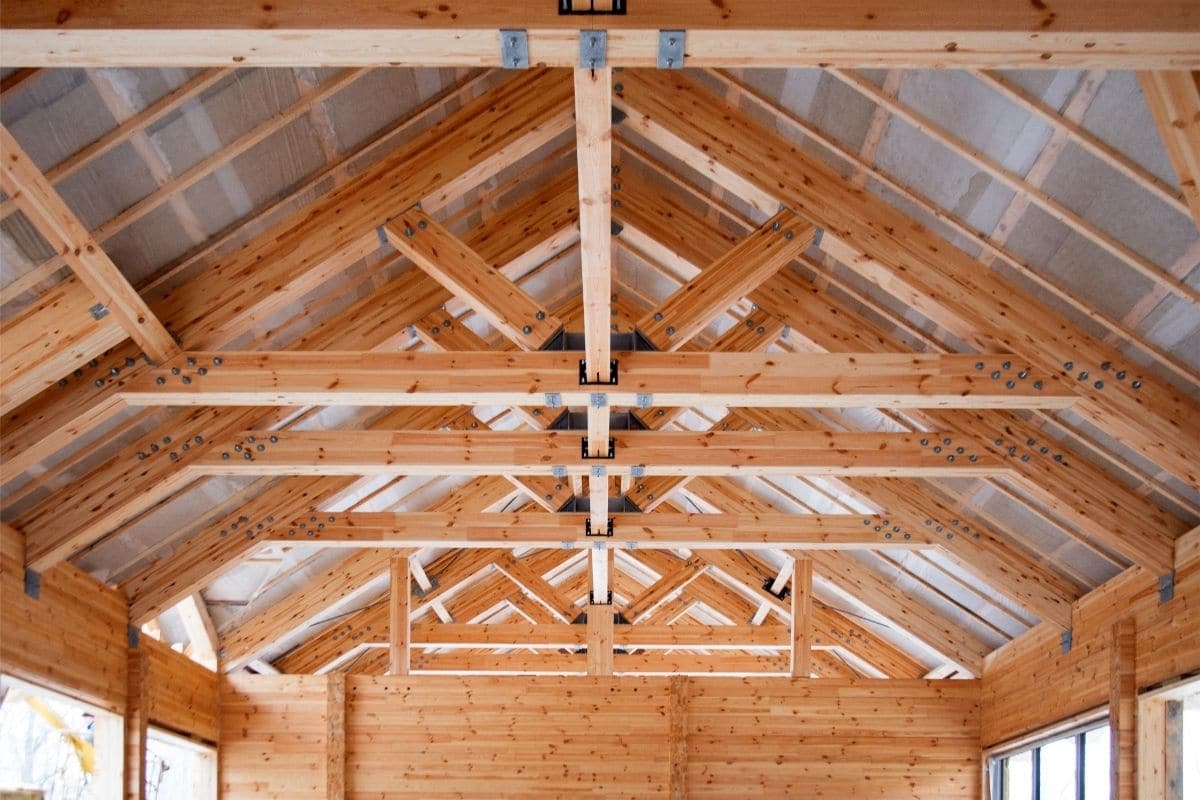
Roof rafters and roof trusses do similar jobs, but they’re built differently. Rafters are cut and assembled individually. This allows people to create roofs that suit their preferences and perhaps even include an attic space.
On the other hand, trusse roof framing plans are pre-made structures. They’re like ready-to-use frames that can be installed more quickly. Trusses also distribute weight more evenly. In modern constructions, trusses are often preferred because they save time.
However, if you want special designs or traditional styles, rafters might be a better choice. This means you can decide what’s best for the type of house you want. You can go for a house that resembles others or one that stands out as unique. It’s like deciding between speed and getting things exactly how you want.
Conclusion
Learning about Roof Framing Plans is exciting work. We’ve seen how these roof framing plans make a strong and stylish view.
We looked at different parts like rafters and joists that hold up the roof and also at styles like gable and hip roofs. Just like picking tiles for your bathroom, making a roof plan needs creativity and a vibe.
It’s not just about having a roof but also making it secure and matching your house.
Now, you can talk with builders and architects and understand better how to get the roof you want.
So, if you’re planning a small house or a big one, keep in mind that the roof plan is very important.
As you start your building project, don’t hesitate to ask questions and try new things.
Let your creativity shine while making a muscular roof that looks good, too. Have fun building your roof.
Frequently Asked Questions
What’s a Roof Framing Plan?
A roof framing plan is a simple drawing that shows how the roof’s wooden structure fits together. It helps builders understand where to place beams, trusses, and rafters.
Why is It Important?
The roof framing plan ensures a power roof that can hold up against the weather. It guides construction and helps prevent mistakes.
What Does It Show?
The plan displays the layout of beams, rafters, and supports. It indicates their size, angles, and connections for the roof framing plan.

